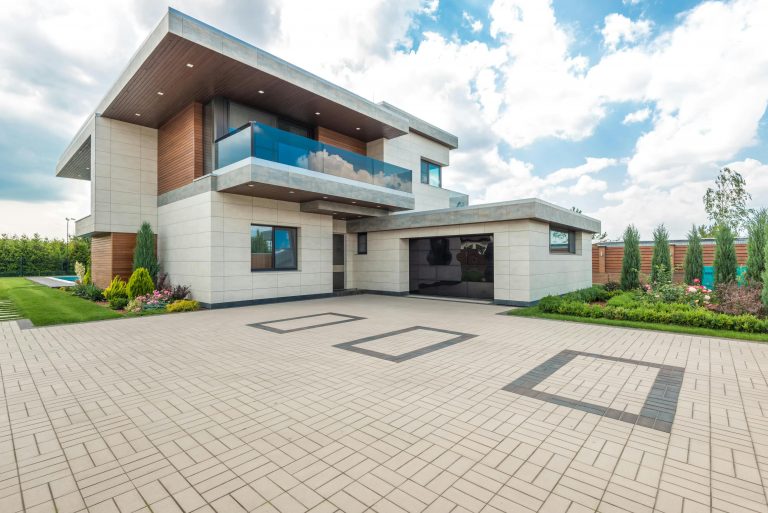


Mother Nature is unpredictable, at best. If you live in an area that sees a fair amount of extreme weather — hurricanes, tornadoes, heavy hail, or strong winds — you may want to consider looking into roofing materials for extreme weather, to protect your home and family. Though many roofing materials today can handle a lot of weather with the right kinds of sealants or treatments, matching your roofing to the area you live can be an important step in the right direction, not just in terms of safety, but also in terms of energy consumption and bills. For example, choosing the right kind of roofing material could net you a 30% decrease in how much energy your home actually needs. So what should you be looking at when it comes to roofing materials for extreme weather? What do you need to know about roof replacement? And why is keeping your roof in top condition so important?
Roofing Materials for Extreme Weather
If you live in a part of the world that sees a lot of heavy snow, going with asphalt or cedar shingles is a smart idea. They’re not too heavy, further adding to the weight of the snow on your roof, but are good at insulating against the cold, and handling the snow’s weight well. Metal roofs are another good and durable roof option, especially since their surface allows snow and ice to slide off the surface, minimizing the amount of icicles you have.
If you experience strong winds, heavier roofing materials, like slate, tile, or metal are recommended. Asphalt shingles can easily be ripped off roofs if the wind speed is too high, whereas a metal roof generally has at least a 140 mph wind rating.
When it comes to dealing with hail, impact-resistant asphalt shingle is a good and relatively inexpensive option. Once again, metal is a great option to protect against hail, though dimpling may occur if the hail is heavy enough.
Roof Replacement and What’s Involved
Sometimes roof repair can only get you so far and you’re going to need to call a roofing contractor to come and replace your roof. If you have shingles, all the existing shingles should be taken off completely — new shingles should not be laid over top of the old ones. The contractor can then inspect the sheathing beneath the shingles and do a complete and thorough repair.
You may even want to discuss roofing options with your contractor if you live in an extreme weather zone. A consumer survey found that durability was the top factor when deciding what kind of roof they should purchase (almost 90% of people identified durability as their top factor) and closely following was longevity (almost 85% of those surveyed listed this as their top factor).
In some cases, if your home has been weather damaged, you may not have the luxury of deciding when to replace your roof. If possible, however, the best time to get your roof replaced is late spring to early fall, in order to see the quickest results.
Why Keeping Your Roof In Good Condition is Crucial
Generally speaking, your roof should be inspected at least once or twice a year, to make sure that everything looks good. Of course, if you experience weather damage, you’ll want to have someone out to inspect and assess immediately.
Your roof is very important to determining the overall aesthetic of your home, since it’s about 40% of the visual exterior of a home. If you’re trying to sell your home and your roof looks aged and worn down, potential buyers might be turned off. If you’re planning on staying for awhile, your old roof might be diminishing your curb appeal.
Furthermore, a roof in good condition provides shelter, insulation, and can keep your energy costs down, saving you money in bills in the long run.
Purchasing roofing materials for extreme weather is always a smart idea, if you live in an area that experiences strong wind, fire, hail, or snow. Keep your family and your home safe with the right kind of roof.





